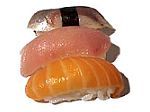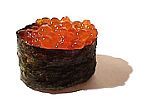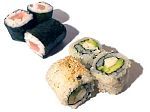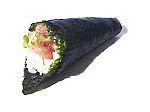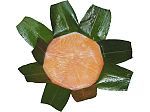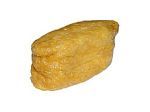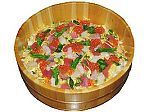Sangkuriang in Bandung
A very long time ago in West Java, there lived a king, named Raden Sungging Pebangkara. He was a good ruler. He liked hunting in the forest very much.
In the forest, there lived a she-pig, actually a cursed goddess. One day, she came out of her hiding place looking for water. There, she saw a coconut shell �� lled with water. Expecting it to be a fresh water, she drank it, having no suspicious that it was the king’s urine left there the day before when he went hunting.
The consequence was very strange. She became pregnant. A few months later she gave birth to a very pretty girl.
When the king was hunting again in the forest, he saw the girl and was attracted by her beauty. He took her to his palace, then he called her Dayang Sumbi and treated her as his own daughter.
Time passed and Dayang Sumbi grew up into a beautiful girl. She was fond of weaving.
One morning as she was weaving, her weaving spool flew out of the window to the field. Because she was very tired, she mumbled, “Whoever is willing to help me pick up the spool, I’ll treat her as my sister if she is a girl. If he is a man, I’ll treat him as my husband”. These words were heard by a dog, called Tumang, actually a cursed god too. He immediately picked up the spool and gave it to Dayang Sumbi.
Seeing the dog had helped her, she fainted. The god had decided for her to undergo the fate. She became pregnant and a short time afterwards she gave birth to a healthy strong son whom she called Sangkuriang.
Sangkuriang became a handsome young man, as time went by. Like his grandfather, he was fond of hunting in the forest and Tumang was his faithful friend when roaming the woods. He didn’t realize that Tumang was actually his father.
One day, when the dog didn’t obey him to chase the pig, Sangkuriang was very angry and killed the dog and cut up his flesh into pieces and took it home to his mother. For a moment Dayang Sumbi was speechless and took a spool and flung it at him. This left a scar on the spot. Then Dayang Sumbi sent him away.
Sangkuriang left and wandered through the woods. He walked for years.
Finally he returned to his native place, but did not recognise it any longer. At the end of a vast rice �� eld, he noticed a house and saw a young girl sitting at her weaving-loom. He approached her and was charmed by her beauty. He was unaware that she was his own mother. Dayang Sumbi had been given eternal beauty by the gods which was why she looked young forever. She looked at him and noticing his good looks, she promised to marry him. They made plans for their wedding day, but one day she discovered the scar on his forehead.
She knew that he was her own son who had come back to his village.
She made an effort to make him understand that marriage between them was impossible, but Sangkuriang refused to accept it.
She had an idea and said to him “All right, you shall marry me if only you can dam up the Citarum river and build a big vessel all in one night”.
Sangkuriang agreed and started to work by using his magic powers and his praying to the gods for help.
To prevent the marriage, before Sangkuriang finished his work, she stretched the red veil which covered her head over the eastern side of the plain. Through her magic powers, the red light spread over the landscape, giving the impression that the sun was rising and that the time was up.
Angrily, Sangkuriang kicked the vessel which was almost finished, upside down.
Some times later the vessel became the mountain of Tangkuban Perahu on the northern side of Bandung.
Free Template Blogger collection template Hot Deals SEO

